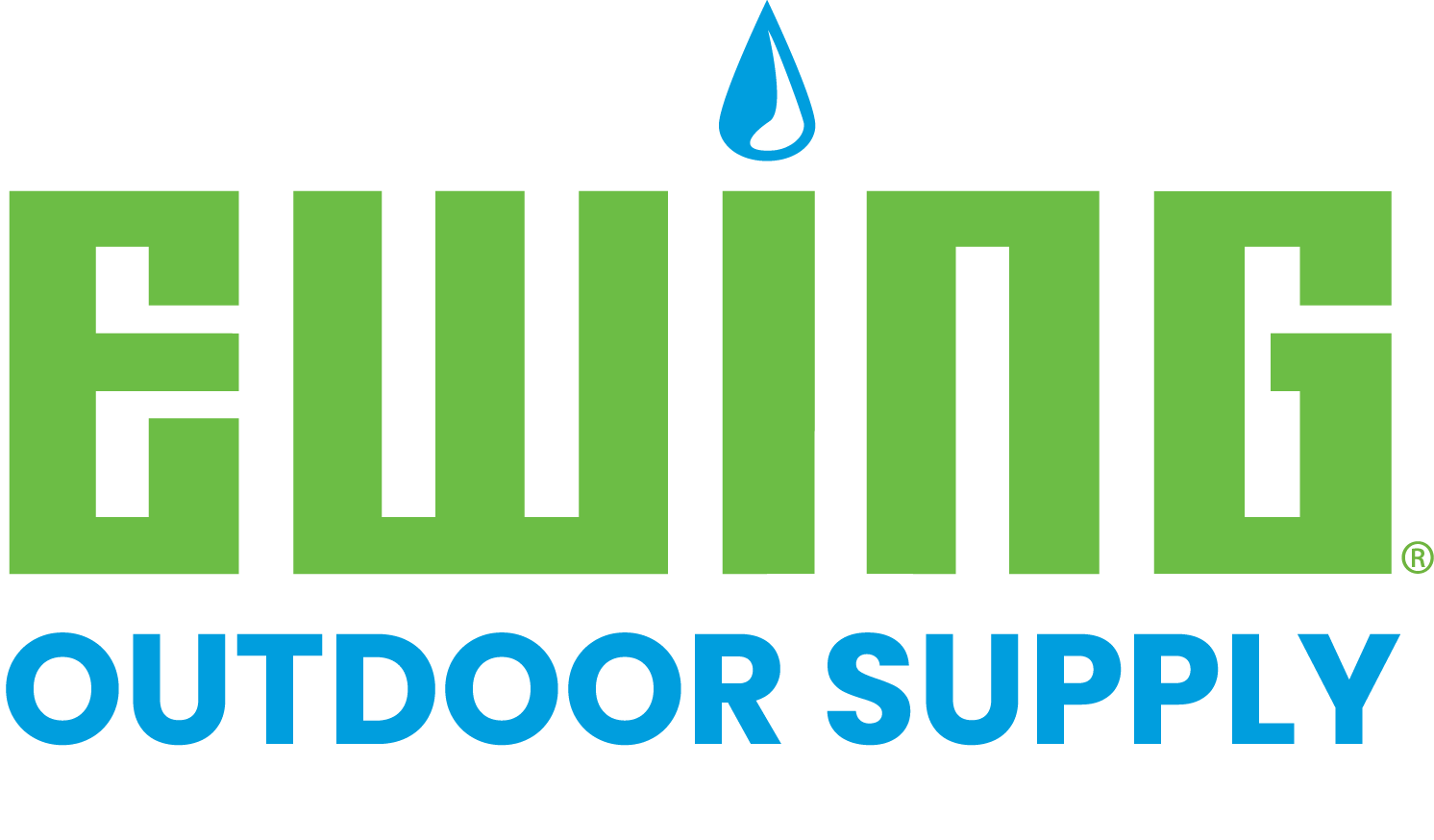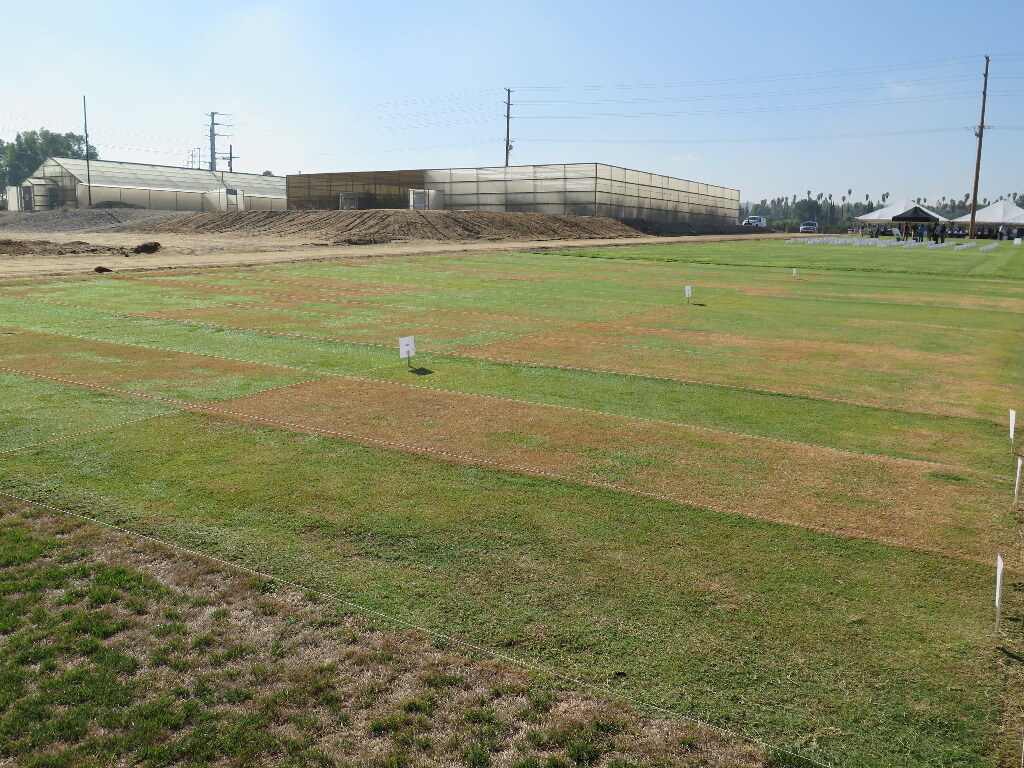There are many products on the market that claim to reduce water use or make your turf more drought-tolerant. But do they really work? Given the recurring issues with drought in the southwestern United States, the turf research program at UC Riverside has a lot of experience evaluating products and practices that enhance turf survival during drought conditions. Here are the top four products and practices that are recommended based on the research:
1. Apply light rates of nitrogen. Many people would think that promoting growth with nitrogen would stimulate extra water uptake and make the turf more susceptible to drought stress. On the contrary, studies at UCR have shown that healthy turf that received light and frequent applications of nitrogen is better able to survive drought conditions. The key is light rates. The goal is to keep the turf healthy but not overstimulated.
2. Continue to make routine applications of plant growth regulators (PGRs). This is another recommendation that seems contrary to popular opinion. Many superintendents will discontinue PGR application in the summer thinking it is one more stress the plant doesn’t need when the weather is hot. Actually, PGR applications have the opposite effect and make the turf healthier. The most effective products were those containing the active ingredient trinexapac-ethyl. The growth regulator treatments produce a more compact turf with a healthier root system.
3. Make routine applications of soil-wetting agents. The research confirmed that soil wetting agents enhance water penetration into the rootzone where turfgrass can absorb the moisture. Nationwide research on the effectiveness of wetting agents indicates that all products are reasonably effective. The products that performed best in UC Riverside trials were Revolution®, Tri Cure®, and Excalibur®. Additional products continue to be tested in ongoing trials.
4. Application of products with “growth enhancement” properties. This is a broad category of products that have been tested over the years at UC Riverside for their effectiveness at controlling and preventing drought stress. While not limited to a single product, data has shown that there are different chemistries that enhance turf survival under drought conditions. These products include:
- Products containing phosphite (Appear II was effective in the UCR studies).
- Products containing acibenzolar from Syngenta (Secure Action®, Daconil Action®, Heritage Action®).
- Products containing aluminum-tris (Signature Xtra®).
- Civitas – a unique crop oil product that showed growth enhancement properties in the studies.
- Turf Screen – a mixture of titanium oxide + zinc oxide that acts as a sunscreen for turf.
Additional products are being evaluated in the linear gradient irrigation test area, and additional data is expected for the 2024 Field Day in September. Jim Baird at UC Riverside has commented that the growth enhancement products can be very expensive and may only be worth the investment if a golf facility is forced or mandated to reduce water applications.

In addition to these products and practices, don’t forget the basics of monitoring and adjusting the irrigation system, proper aeration, and frequently checking soil moisture.
If you have any questions about turfgrass management, irrigation, or water use efficiency, feel free to email them to ewinggolf@ewingos.com.




